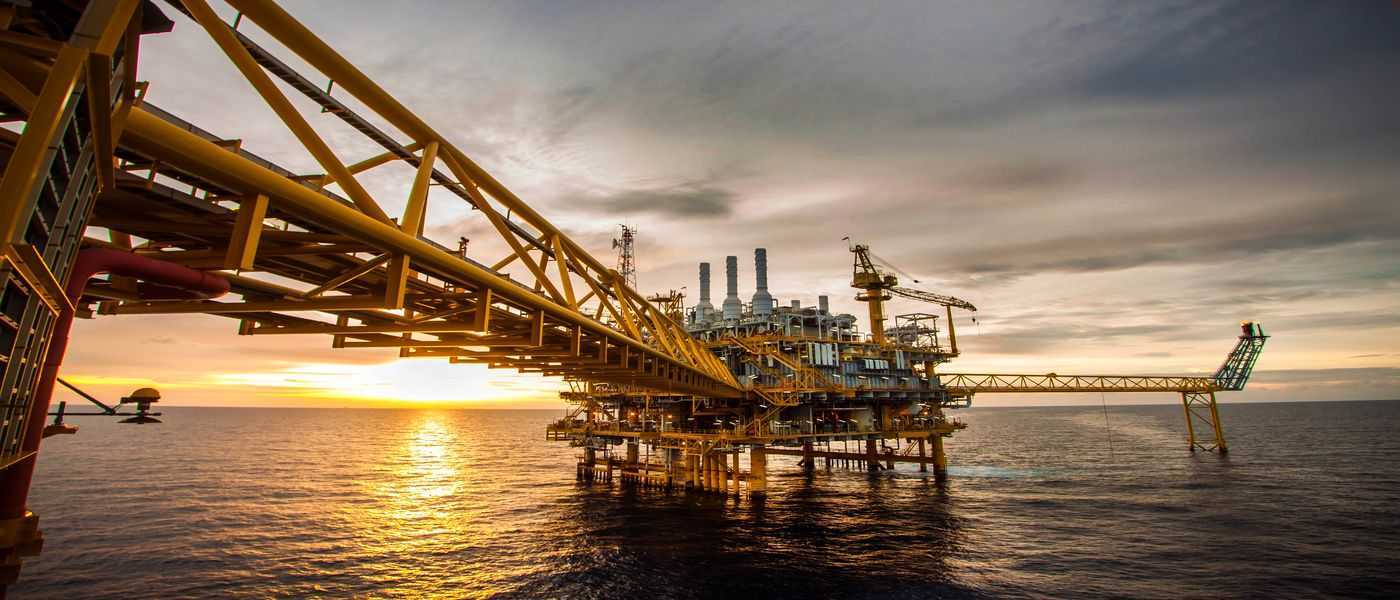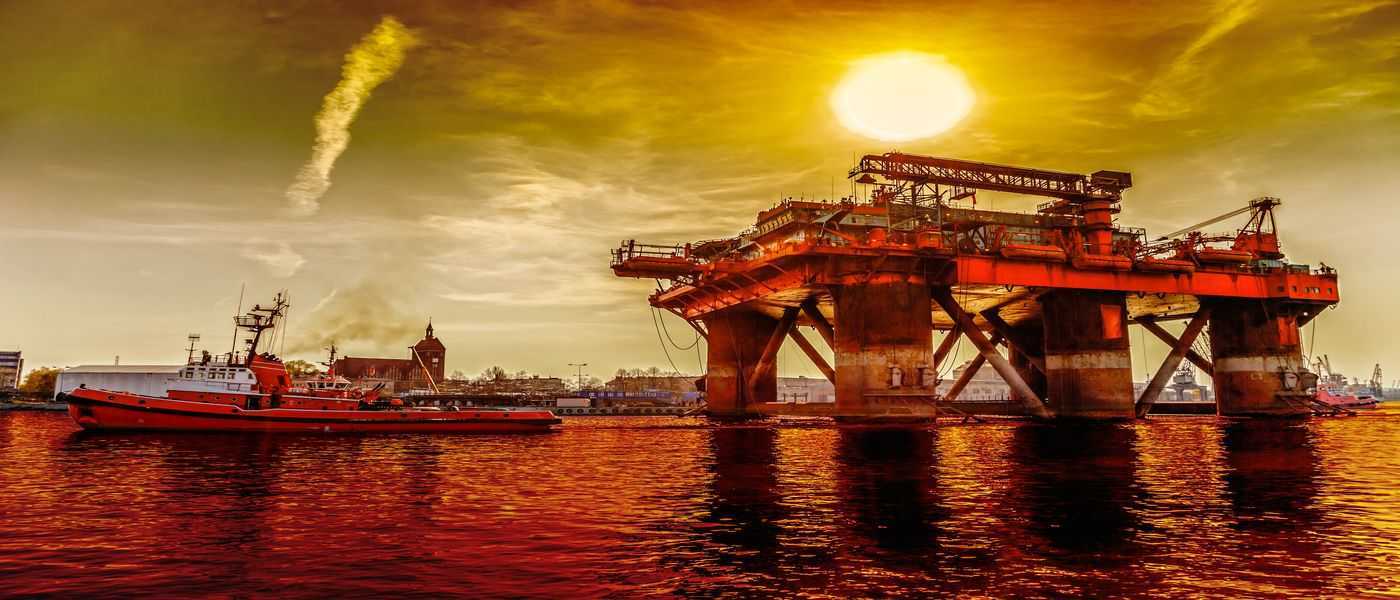About Petroleum E&P.
Petroleum resources are typically owned by the government of the host country, that issues licences to explore, develop and produce its oil and gas resources.
Typically oil companies operate in Joint Ventures to share the risk, one of the companies being the designated lead operator.

Licensing and Exploration.
Tax and Royalty – Companies would pay a royalty on any oil produced plus a profits tax. Bonuses and ground rents (license fees) are sometimes payable to the government (e.g. licence fee payable at signature).
Licences are awarded in competitive bid rounds on the basis of either the size of the work programme (number of wells, seismic etc.) or size of the signature bonus.
Production Sharing Agreement (PSA) – A PSA is more complex than a Tax/Royalty system – The companies bid on the percentage of the production that the host government receives (this may be variable with the oil price),
Service contract – This is when an oil company acts as a contractor for the host government, being paid to produce the hydrocarbons.
Areas thought to contain hydrocarbons are initially subjected to a gravity survey, magnetic survey, seismic reflection surveys to detect large scale features of the sub-surface geology.
Features of interest (known as leads) are subjected to more detailed seismic surveys which work on the principle of the time it takes for reflected sound waves to travel through matter (rock) of varying densities and using the process of depth conversion to create a profile of the substructure.
When a prospect has been identified and evaluated and passes the oil company’s selection criteria, an exploration well is drilled in an attempt to conclusively determine the presence or absence of oil or gas.

Reserves.
Oil and gas reserves are the main asset of an oil company.
Booking is the process by which they are added to the Balance sheet. This is done according to a set of rules developed by the Society of Petroleum Engineers (SPE).
Official estimates of proven reserves will always be understated compared to what oil companies think actually exists.
For practical purposes companies will use proven plus probable estimate (2P), and for long term planning they will be looking primarily at possible reserves.
Oil reserves are primarily a measure of geological risk – of the probability of oil existing and being producible under current economic conditions using current technology:
- Proven reserves – defined as oil and gas “Reasonably Certain” to be producible using current technology at current prices (1P or P90 – i.e. having a 90% certainty of being produced).
- Probable reserves – defined as oil and gas “Reasonably Probable” of being produced (2P or P50).
- Possible reserves – i.e. “having a chance of being developed under favourable circumstances” (3P or P10).
